Donatello
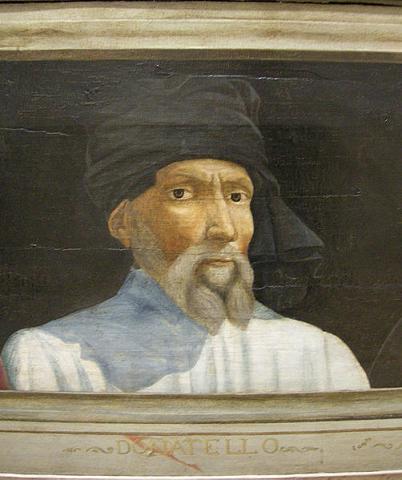
His creativity was influenced by the Renaissance of which he accepted and partly changed the rules. Its formation was made: it was a goldsmith and worked at the workshop of Ghiberti. He abandoned it to work on the construction of the cathedral where he met Brunelleschi. Together they made a trip to Rome in 1409 where Brunelleschi took over and he measured the remains of ancient monuments and exhibits x Donatello sought to discover the secrets of proportion and plastic form. The two were very different from each other see the story of the crucifix. The art of Corazzai and Spadai asked Donatello execution of the statue of St. George, the patron saint of their place in Orsanmichele.
In the statue's body is perfectly proportioned and detailed, with a naturalness of gestures and forms which could not be seen from the classical era. Torso and head are slightly rotated and legs apart form a solid base. A line starts from the right foot to the shield and salt susu forming a spiral species that crosses the statue and removes static. The anatomy is made well and the proportions sn impeccable. He plays a young inhabit as a model for a hero and identified the virus in the ancient common people. In the base of the statue Donatello was a bas-relief: "St. George and the Dragon". In this slab Donatello has exemplified the results of his reflections on space and perspective representation. The figures are approximate and sprecise to suggest movement and direction of the action. The study of the proportion is especially noticeable in the arches in the distance.
Then he realized the statues for the bell tower in Florence : "The Prophet Jeremiah" and "The prophet Habakkuk". The yield of the anatomy is translated into powerful volumes and there is a natural attitudes. Jeremiah has a beard and Habakkuk has a bald head but both have common faces. They look like portraits of characters taken from the street, however, he makes them deliberately so because he says that in men regardless of the appearance of their bodies may be worth and intelligence. Jeremiah was dubbed the Habakkuk and populate the blockhead and they are prophets who despite being ugly and clumsy communicate truth and impose their word. There are many classical references in the 2 statues.
The Feast of Herod is a gilded bronze tile to be inserted in front of the baptismal baptistery of Siena. In it is depicted in which the movement is shown to Herod, the tetrarch of Galilee, the severed head of John the Baptist. The murder of John the Baptist has been requested by the stepdaughter of Herod Salome as a prize for the dance of the seven veils made to please his stepfather. The attitudes of the characters are animated and dramatic: they all portray the view of the head on a platter.
The system is highly developed perspective there are about seven floors and can be divided into 2 parts: one defined by a wall with arches TuttoSesto with the main event and one in which we see in the distance figures and environments with different scenes nature.
The square panels of the floor with the lines that converge at the vanishing point are used to measure distances and establish the relationships between shapes and sizes and the environment. The bronze David was built before 1443. He was placed on a column in the center of the palace doctors in 1469 during the wedding of Lorenzo the Magnificent. He was famous and admired. David was the guy who decided the victory of the Jews against the Philistines killed the giant Goliath with a sling. Recall the classical forms.
It is opposed to the nude medieval and restores the anatomical structure of the human body and proportional. To do this he studied the ancient statues and designed models. According to David mercury is for shoes. The face has features in common, plebeian. At his feet is the head of the giant represented on the visor of the helmet with a chariot pulled by putti. In 1433 Donatello began for the old sacristy where the Choir coping better than another, commissioned the young Luca della Robbia. There are references to the old open-minded. In the background is a mosaic reminiscent of the thirteenth-century decorations Cosmati.
He experiments with unusual materials and also loved them mixed others. The movement is essential for him. In fact, he as not to interrupt the continuity of the facade did not split into several tiles km it did Luca della Robbia, it has marked the surface with small columns detached from the bottom creating a sort of loggia. Important are the points at which combine the features of the baby angel and cupid old. Luke is one of the most peaceful and harmonious regulation. Its most revolutionary but more beautiful. After 5 years end up together.
Donatello In 1443 he went to Padua where he lived for 10 years. You signed the contract for the altar of the saint in the Basilica of St. Anthony. The altar was dismantled and reassembled briefly in 1895 but not the idea. The only thing left is to place the Madonna. The figure of the virgin nn is sitting nor standing. According to Byzantine iconography it is placed in front of the observer and represents the Madonna nicopoia ie victorious. Then there is the miracle of the mule where there is the mule who kneels before the saint to receive the consecrated host.
There are many figures. The work done in Padua by Donatello is the equestrian statue of Erasmo da Narni Gattamelata alias placed on the front of the church of the saint. Horse and rider are made of bronze while the high base is made of stone. Donatello she used to represent the classic models and intended to celebrate the value of the warrior character but also bring to light the human virtue. The attitude of the rider is calm and serious, his face is serious. Seems to advance in space. The warrior is armed but does not carry the helmet that would alter the appearance. Donatello did so in order to give relief to face the seat of thought and will. It represents a person nn young but vigorous.
The work appear almost like a miracle to his contemporaries because of the difficulty of merging the work of this size in bronze. In 1454 he returned to Florence. Belong to the last years the two pulpits of San Lorenzo. In the "deposition" is the dramatic dimension of a formulation intense. Donatello intensifies the action at the foot of the crosses where, around the body of Christ, it triggers the pain. Donatello manages to convey tension and pain. Donatello died in 1466 and was buried in San Lorenzo near the court of the doctors.
Visit Florence
Previous
Next
-
Area: Centro storico
-
Area: Centro storico
-
Area: Centro storico
-
Area: Centro storico
-
Area: Centro storico
-
Area: Centro storico
-
Area: Centro storico
-
Area: Centro storico
-
Area: Centro storico
-
Area: Centro storico
-
Area: Centro storico
-
Area: Centro storico
-
Area: Centro storico
-
Area: Centro storico
-
Area: Periferia
-
Area: Centro storico
-
Area: Centro storico
-
Area: Semi-Centro
-
Area: Centro storico
-
Area: Centro storico
-
Area: Centro storico
-
Area: Centro storico
-
Area: Centro storico
-
Area: Centro storico
-
Area: Centro storico
-
Area: Centro storico
-
Area: Centro storico
-
Area: Centro storico
-
Area: Centro storico
-
Area: Centro storico
-
Area: Centro storico
-
Area: Centro
-
Area: Centro storico
-
Area: Centro storico
-
Area: Centro storico
-
Area: Centro storico
-
Area: Centro storico
-
Area: Centro storico
-
Area: Centro storico
-
Area: Centro storico
-
Area: Centro storico
-
Area: Centro storico
-
Area: Centro storico
-
Area: Periferia
-
Area: Centro storico
-
Area: Centro storico
-
Area: Centro storico
-
Area: Centro storico
-
Area: Centro storico
-
Area: Centro storico
-
Area: Centro storico
-
Area: Centro storico
-
Area: Centro storico
-
Area: Centro storico
-
Area: Centro storico
-
Area: Centro storico
-
Area: Semi-Centro
-
Area: Centro storico
-
Area: Centro storico
-
Area: Centro storico
-
Area: Centro storico
-
Area: Centro storico
-
Area: Semi-Centro
-
Area: Centro storico
-
Area: Centro storico
-
Area: Ponte Vecchio
-
Area: Centro storico
-
Area: Centro storico
-
Area: Centro storico
-
Area: Centro storico
-
Area: Centro storico
-
Area: Centro storico
-
Area: Centro storico
-
Area: Centro storico
-
Area: Centro storico
-
Area: Centro storico
-
Area: Centro storico
-
Area: Centro storico
-
Area: Centro storico
-
Area: Centro storico
-
Area: Centro storico
-
Area: Centro storico
-
Area: Centro storico
-
Area: Centro storico
-
Area: Centro storico
-
Area: Centro storico
-
Area: Centro storico
-
Area: Centro storico
-
Area: Centro storico
-
Area: Centro storico
-
Area: Centro storico
-
Area: Centro storico
-
Area: Centro storico
-
Area: Centro storico
-
Area: Periferia
-
Area: Semi-Centro
-
Area: Centro storico
-
Area: Centro storico
-
Area: Centro storico
-
Area: Centro storico
-
Area: Centro storico
-
Area: Centro storico
-
Area: Centro storico
-
Area: Centro storico
-
Area: Centro storico
-
Area: Centro storico
-
Area: Centro storico
-
Area: Centro storico
-
Area: Semi-Centro
-
Area: Centro storico
-
Area: Centro storico
-
Area: Centro storico
-
Area: Centro storico
-
Area: Centro storico
-
Area: Centro storico
-
Area: Centro storico
-
Area: Periferia
-
Area: Centro storico
-
Area: Centro storico
-
Area: Semi-Centro
-
Area: Centro storico
-
Area: Centro storico
-
Area: Centro storico
-
Area: Centro storico
-
Area: Centro storico
-
Area: Centro storico
-
Area: Centro storico
-
Area: Centro storico
-
Area: Centro storico
-
Area: Centro storico
-
Area: Centro storico
-
Area: Centro storico
-
Area: Collina
-
Area: Centro storico
-
Area: Centro storico
-
Area: Centro storico
-
Area: Centro storico
-
Area: Centro storico
-
Area: Centro storico
-
Area: Centro storico
-
Area: Centro storico
-
Area: Centro storico
-
Area: Periferia
-
Area: Centro storico
-
Area: Centro storico
-
Area: Centro storico
-
Area: Centro storico
-
Area: Centro storico
-
Area: Centro storico
-
Area: Centro storico
-
Area: Centro storico
-
Area: Periferia
-
Area: Centro storico
-
Area: Centro storico





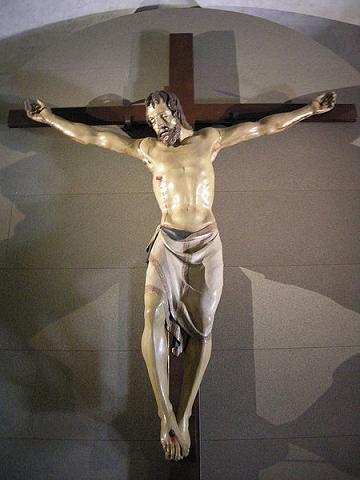
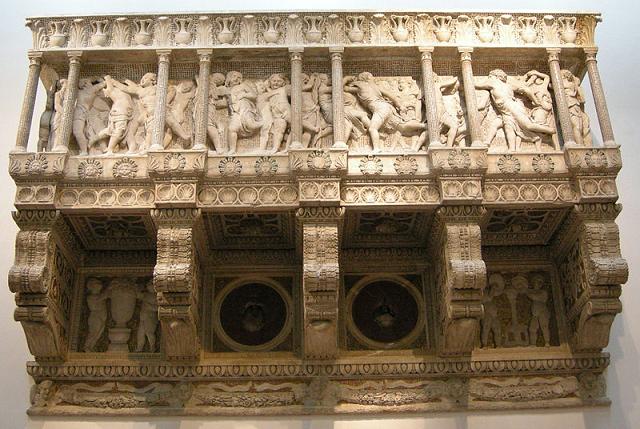
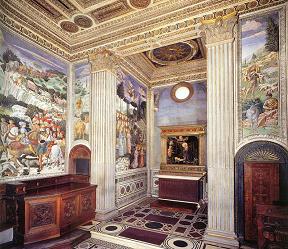
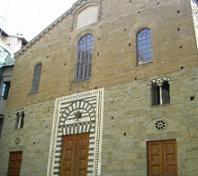
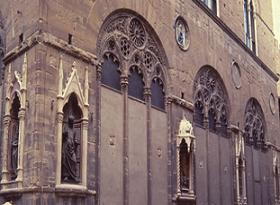
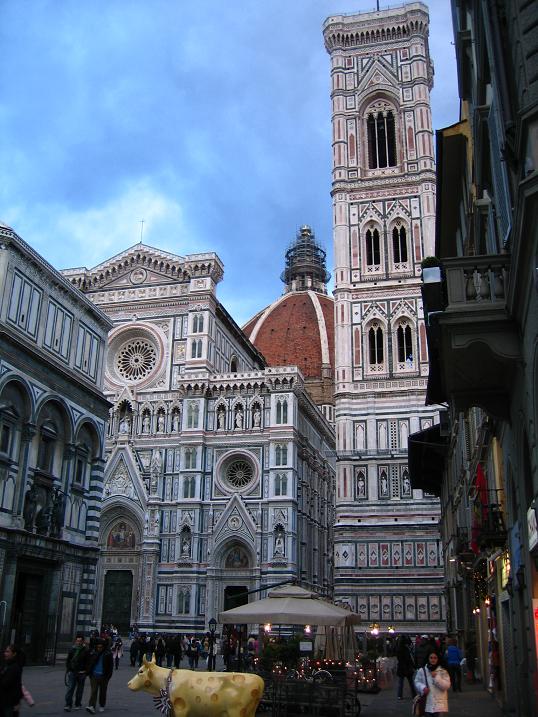
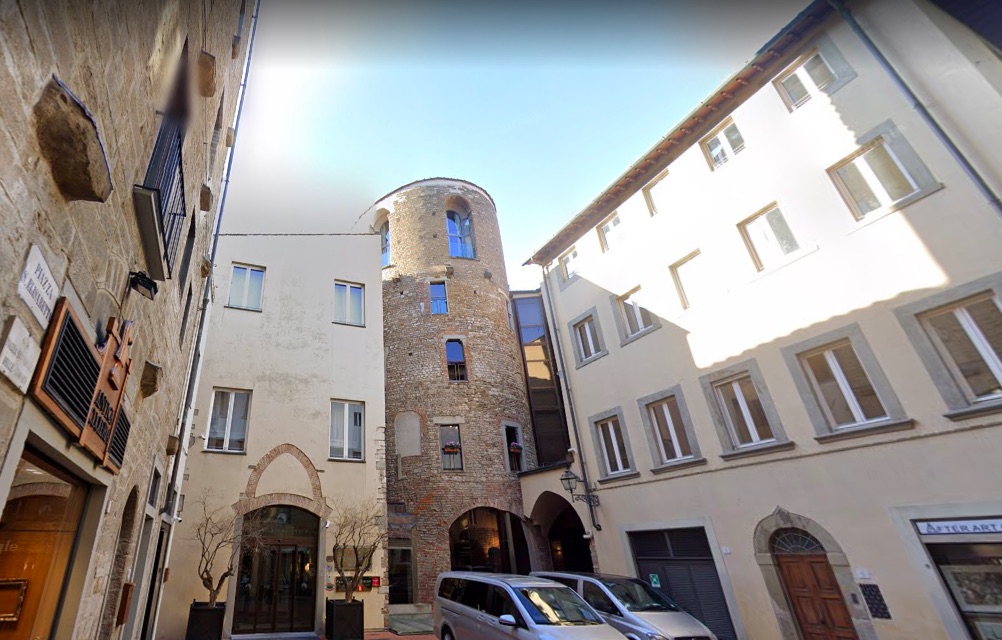
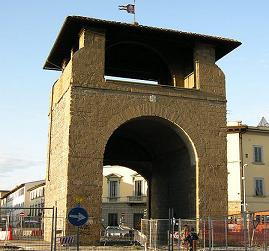

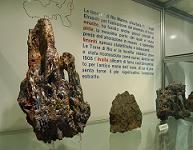
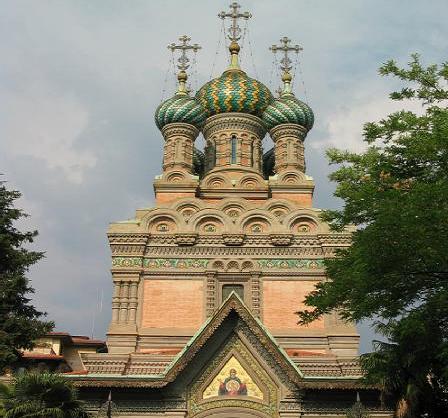
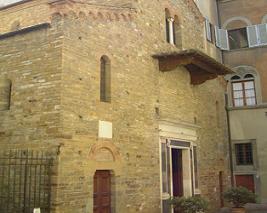
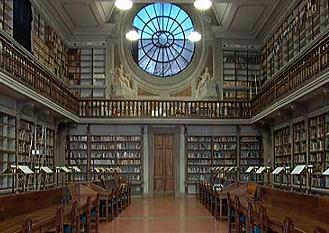
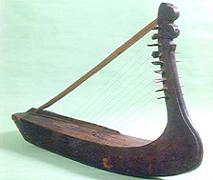
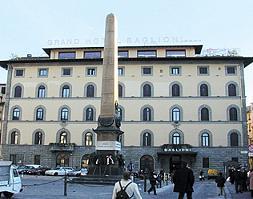
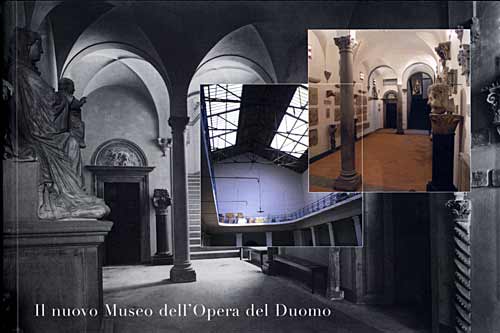
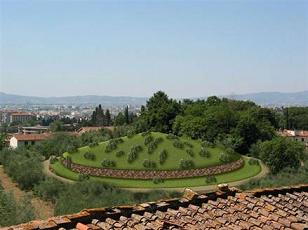
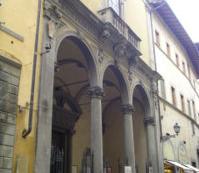
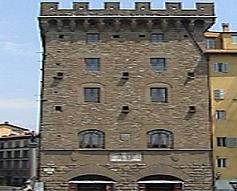

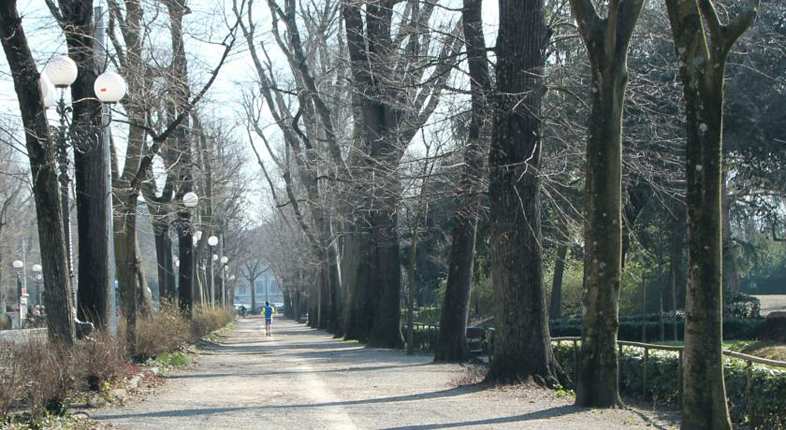
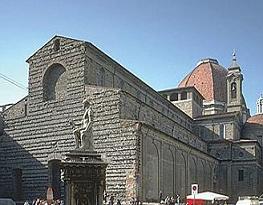
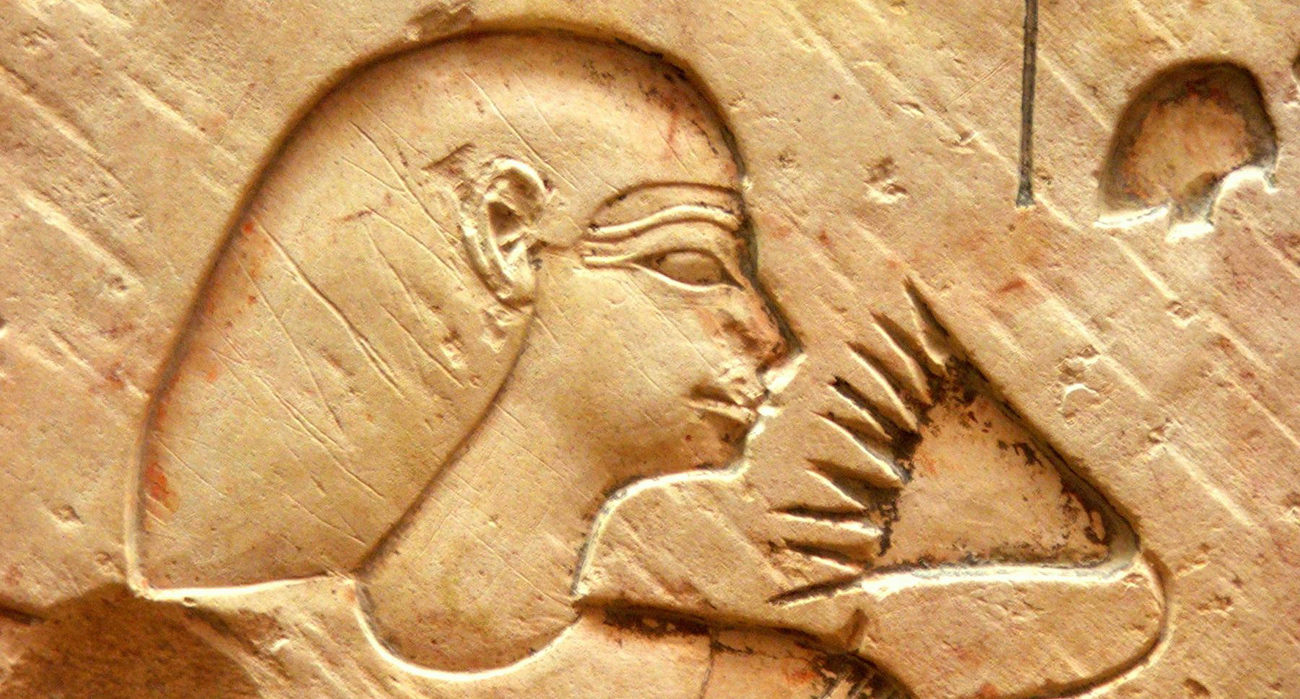
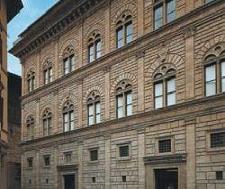
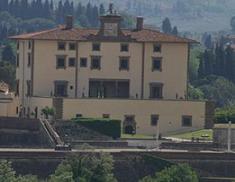
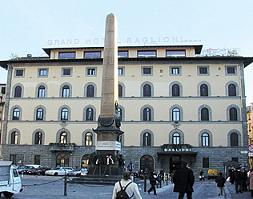
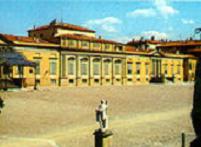
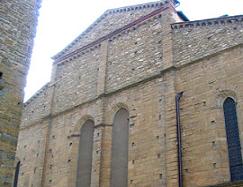
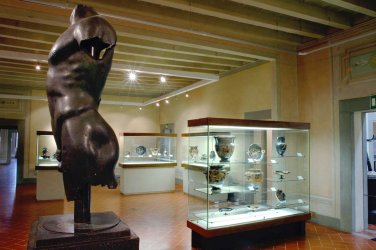

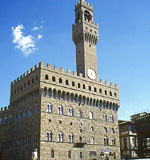
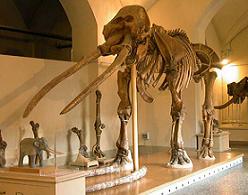
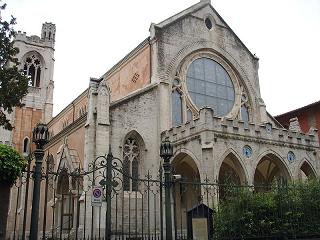
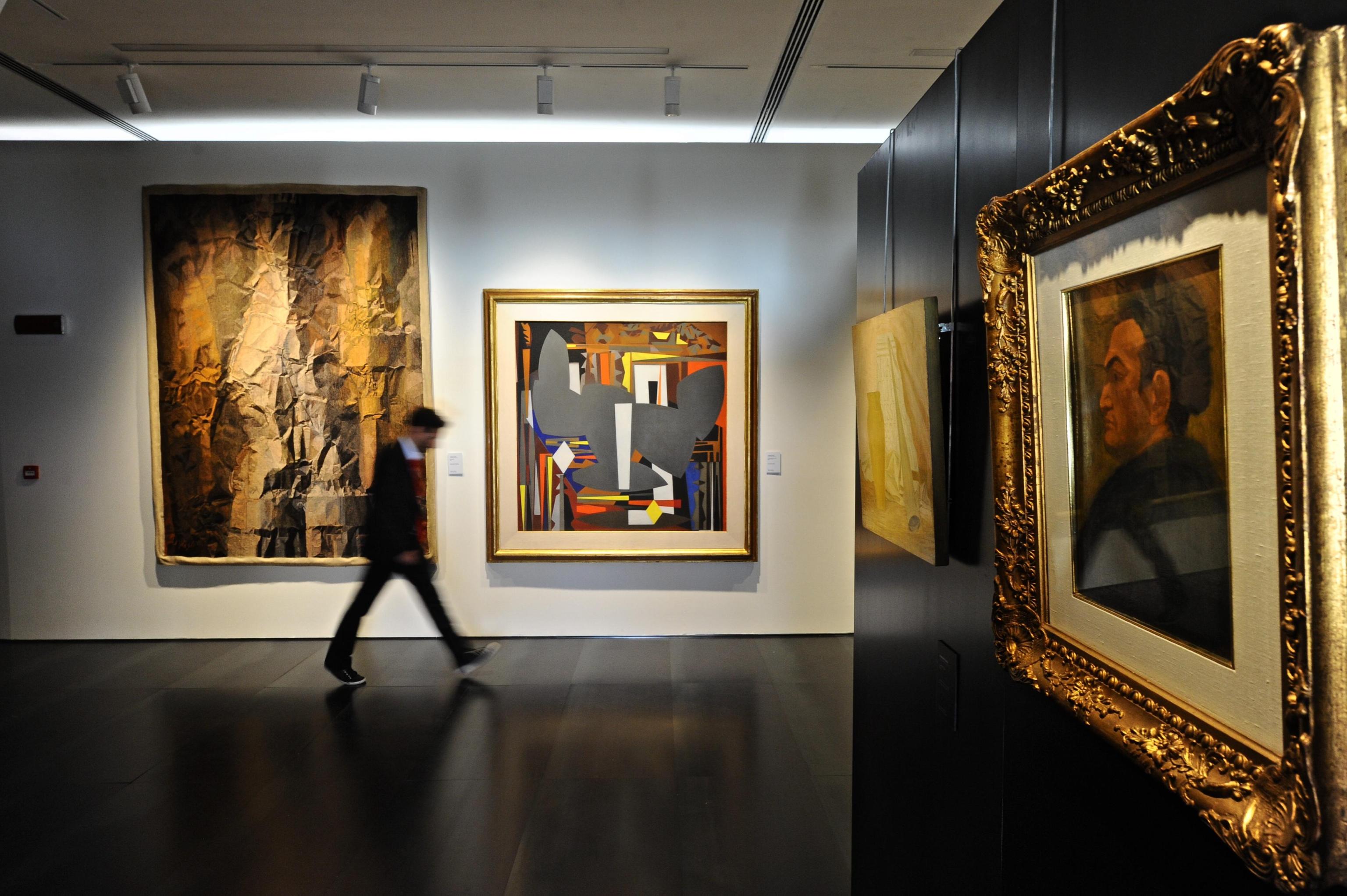
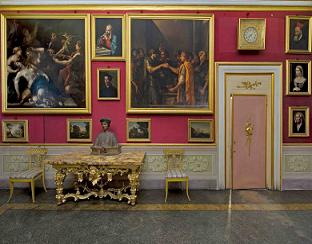
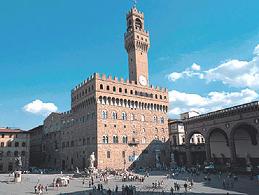
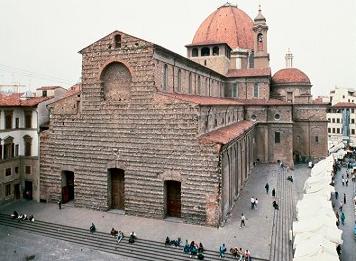
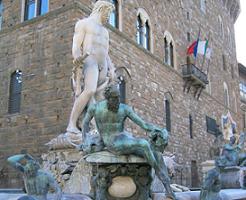
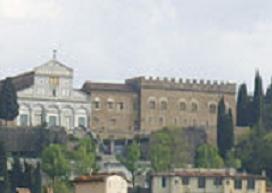

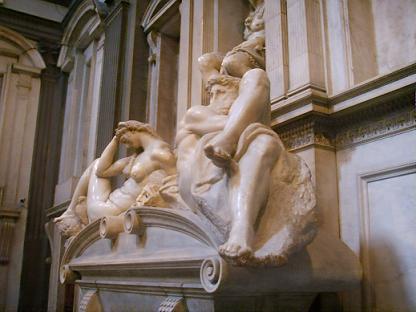
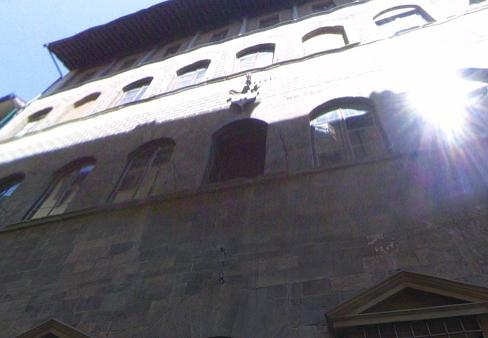
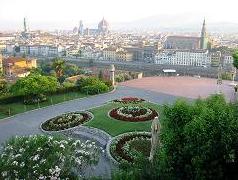
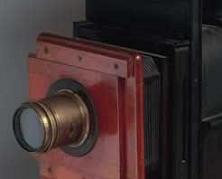

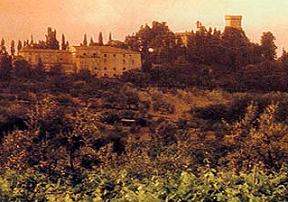
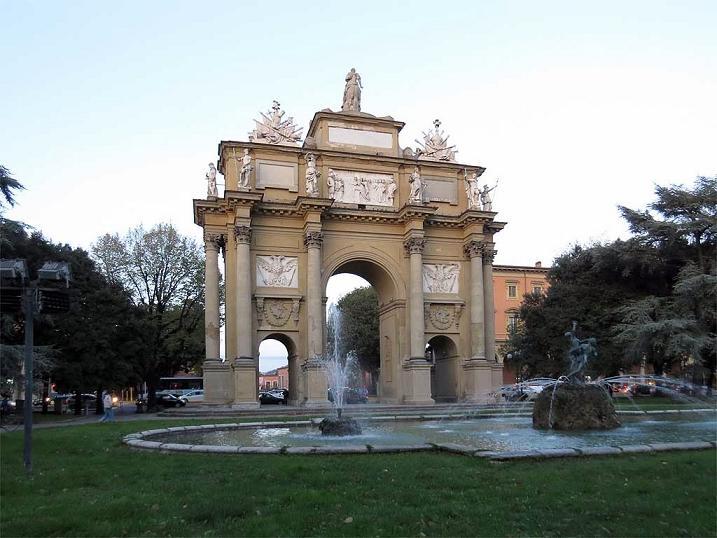
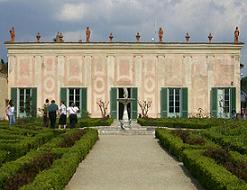
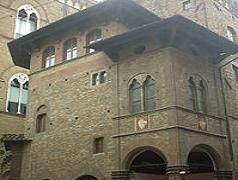
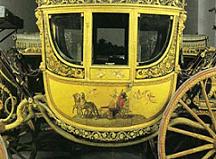
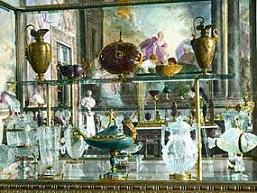
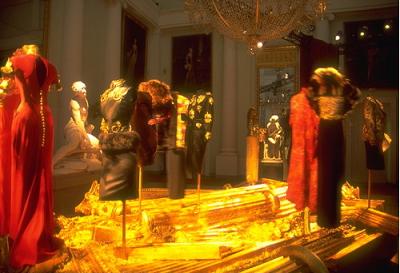
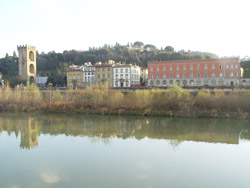
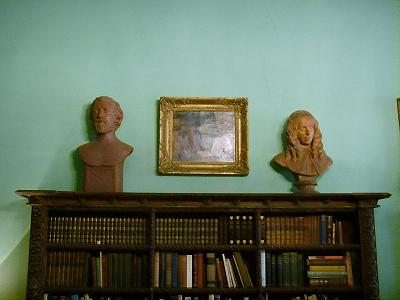
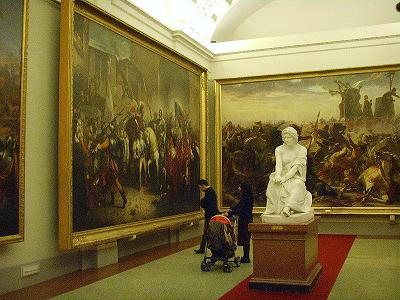
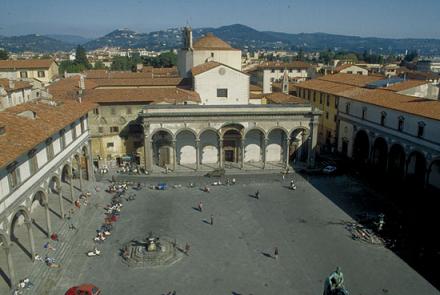

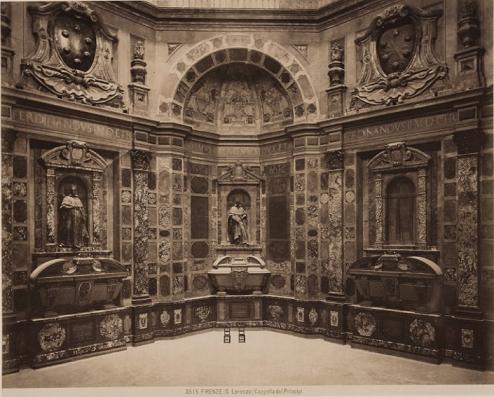
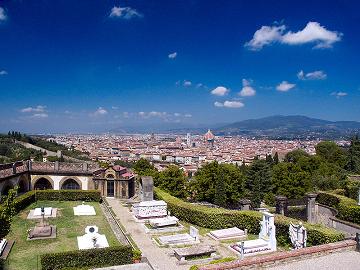
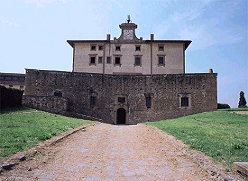
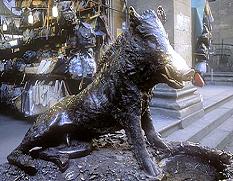
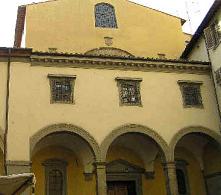
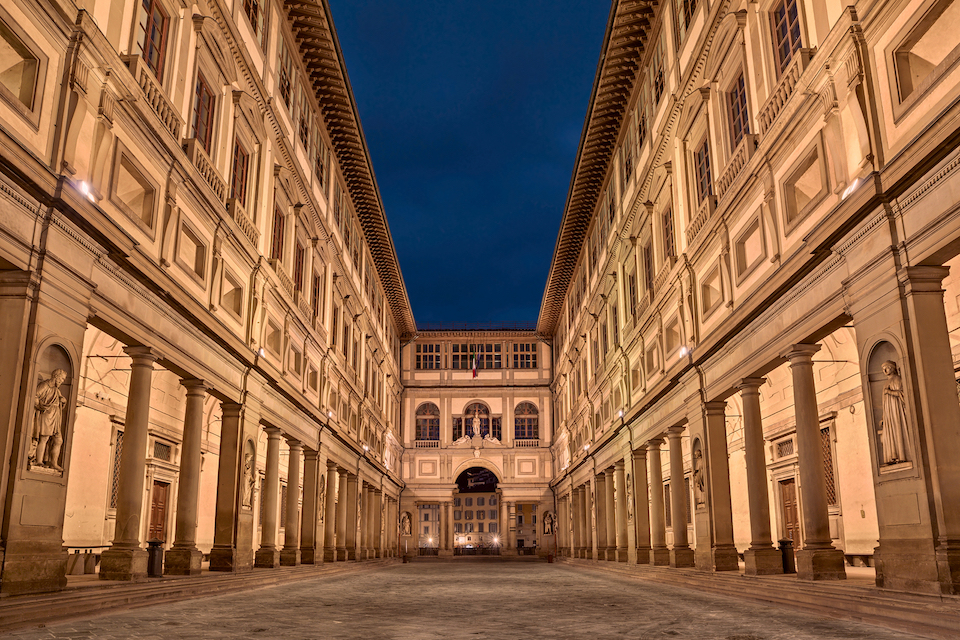
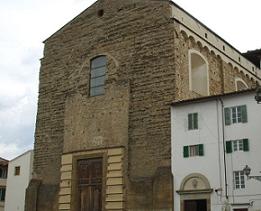
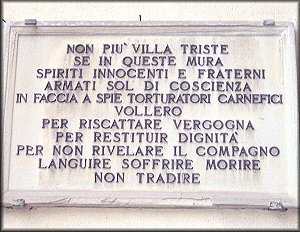
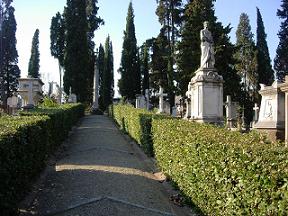
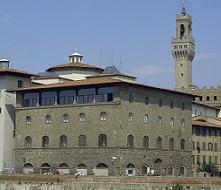


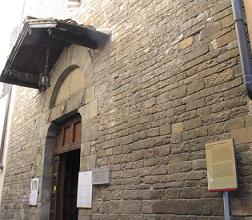

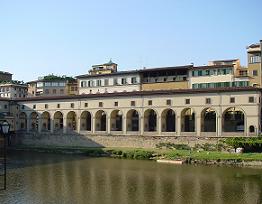
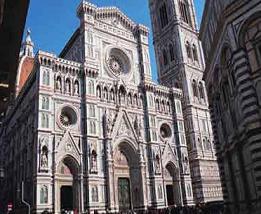
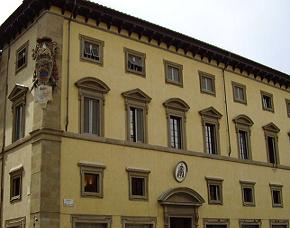
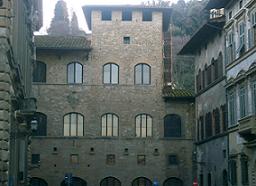
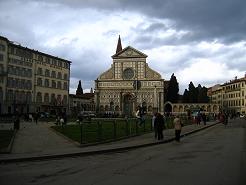
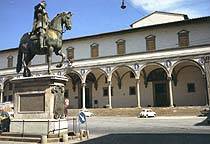
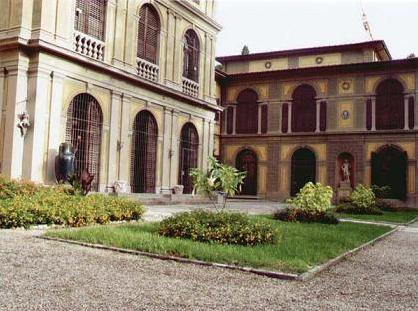
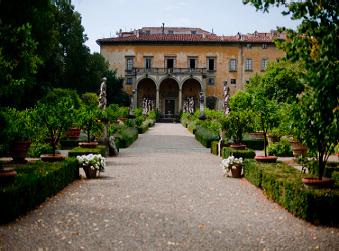
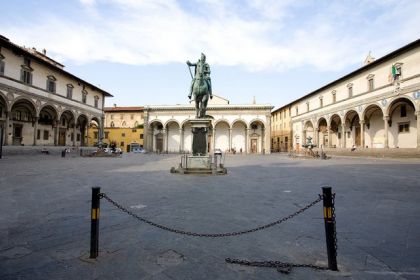
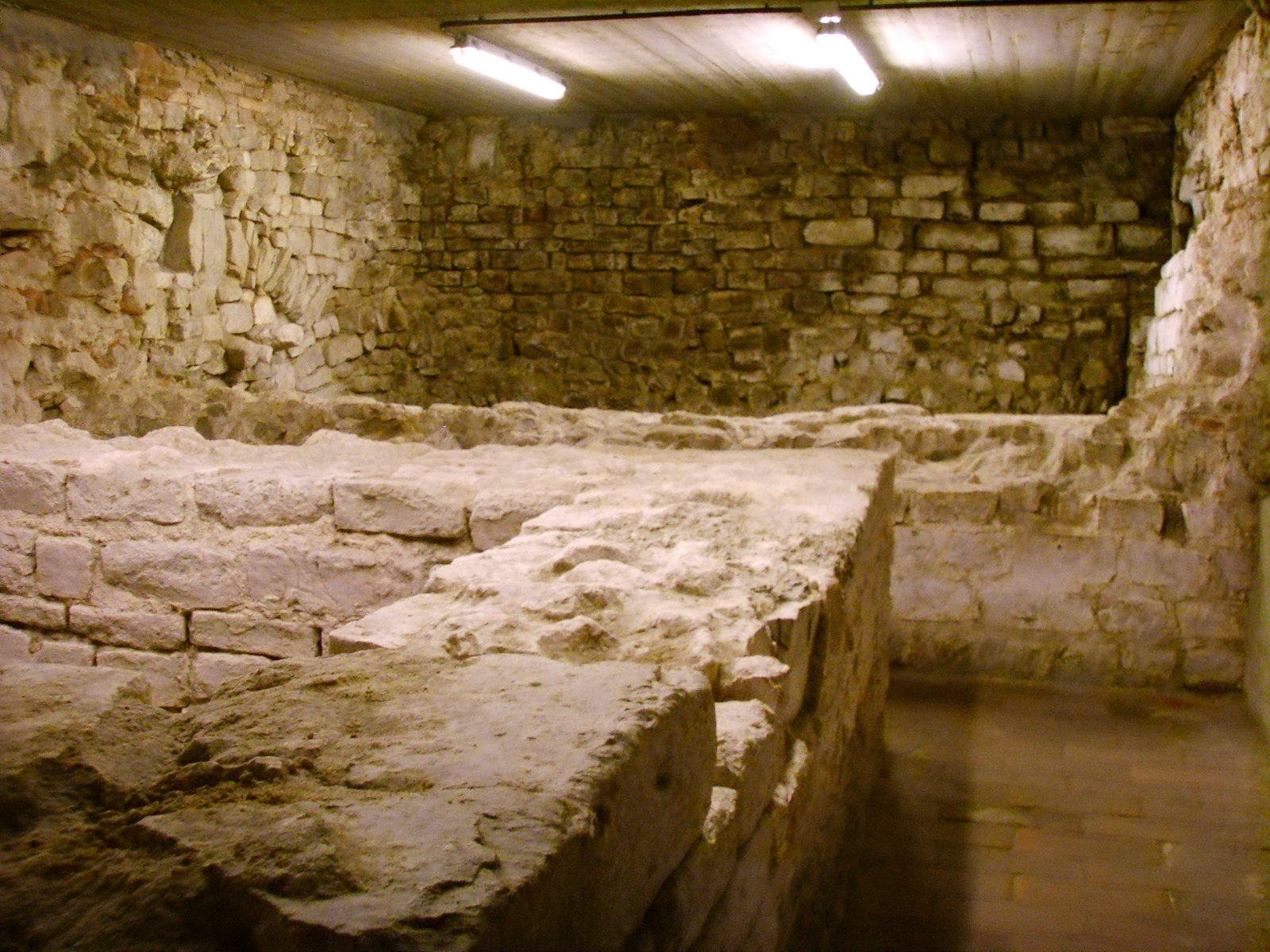
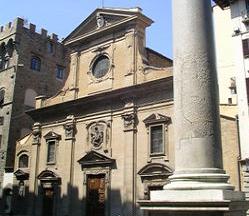
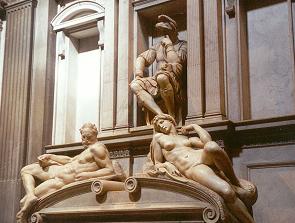
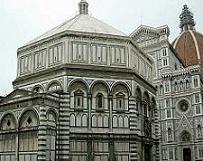
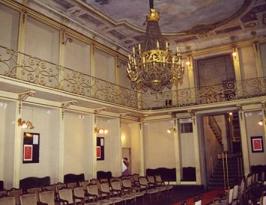
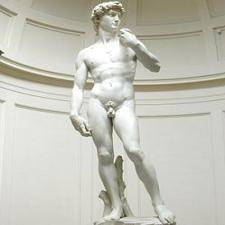
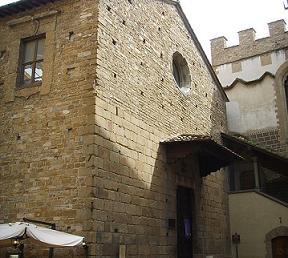
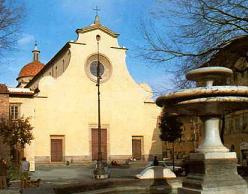

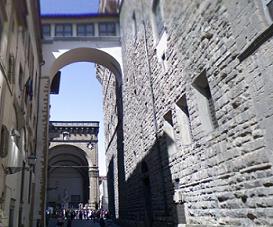

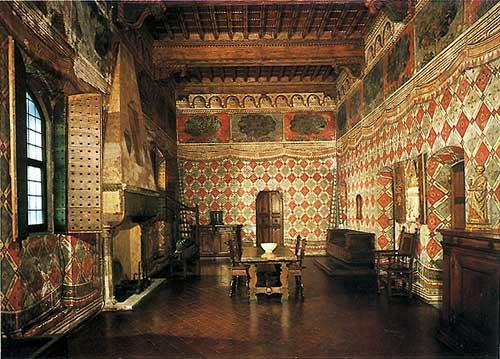
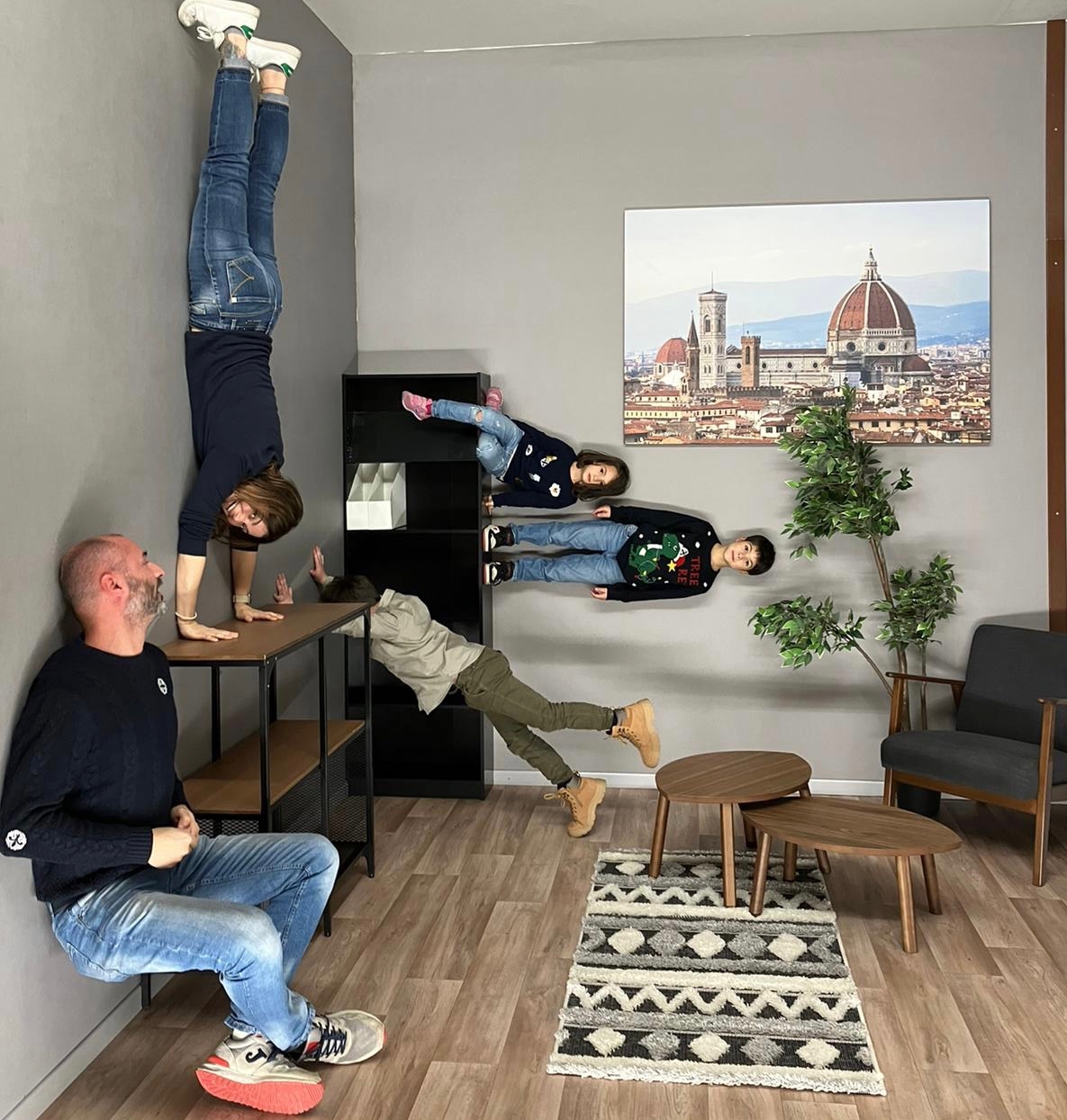
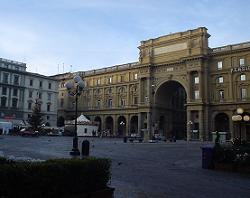
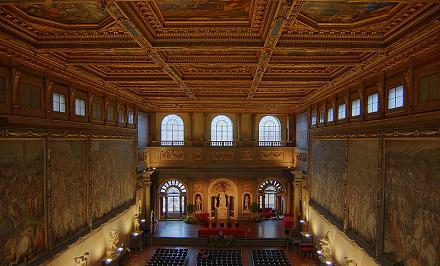

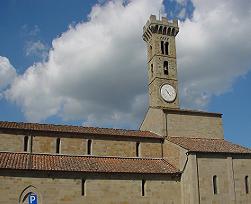
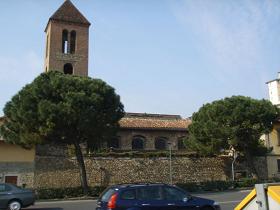
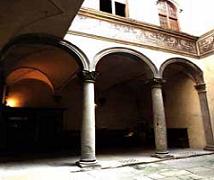
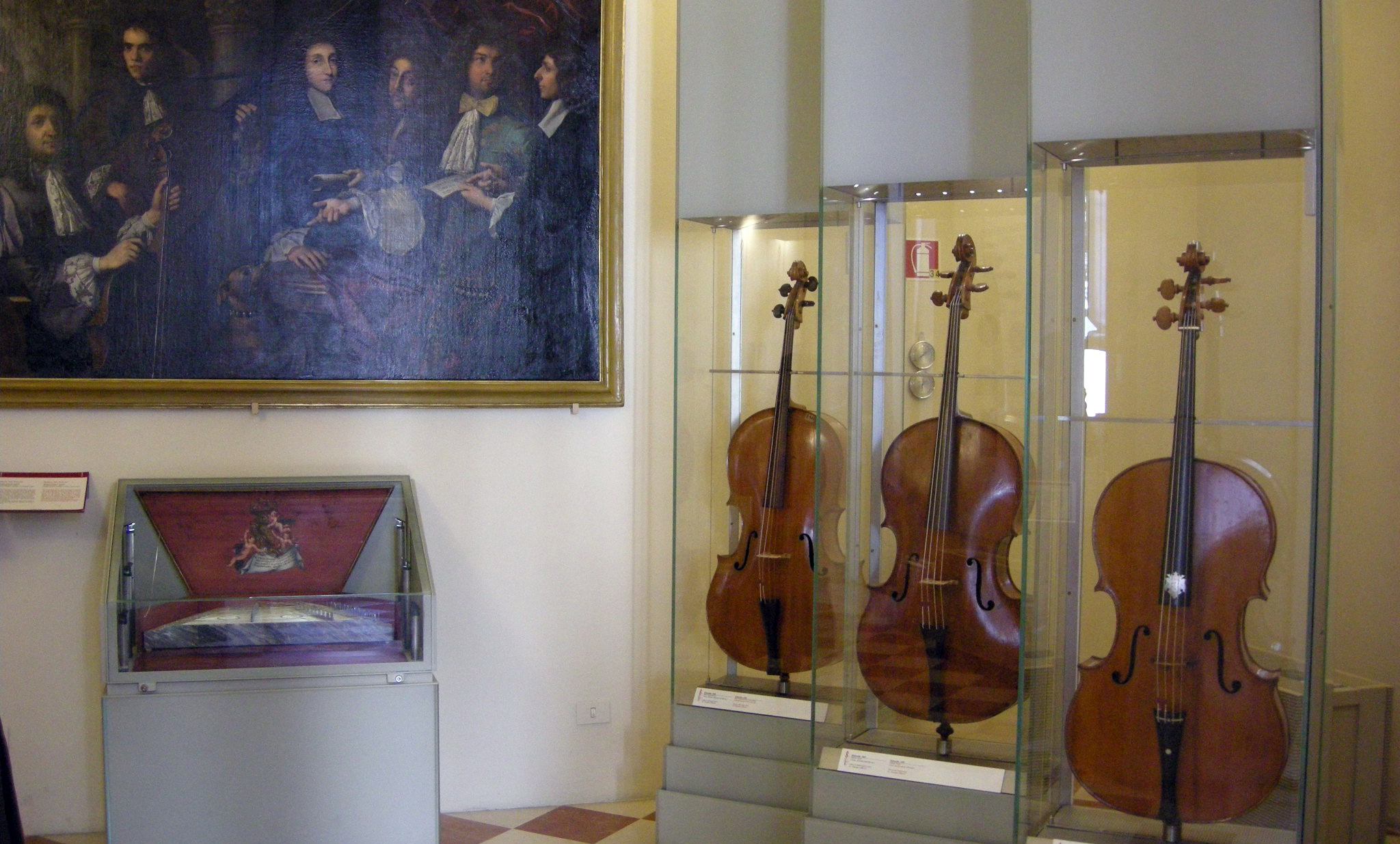
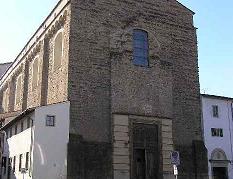
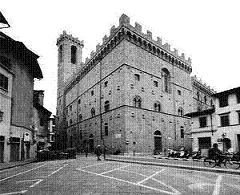

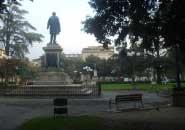
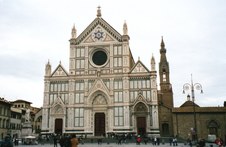
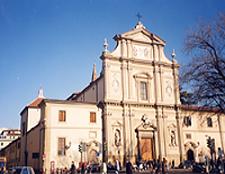
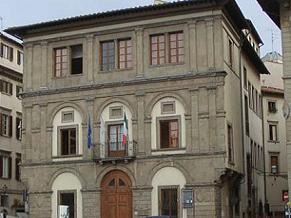
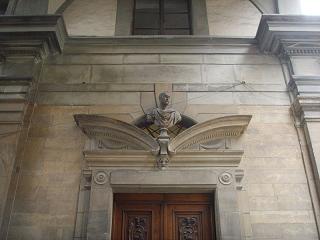
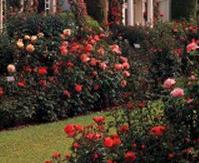


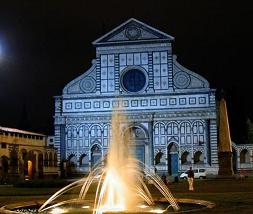
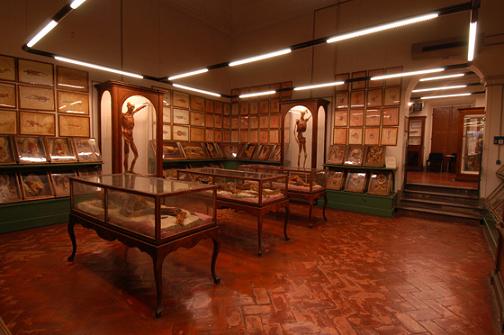
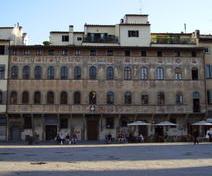
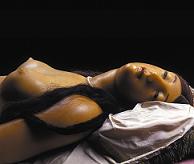
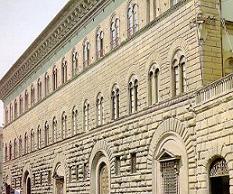
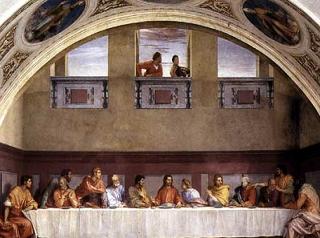


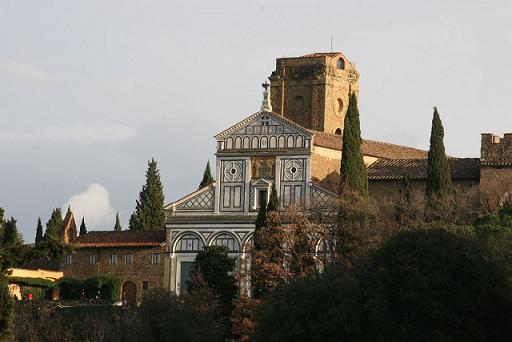
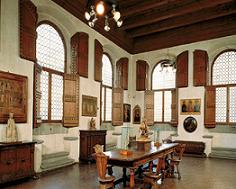
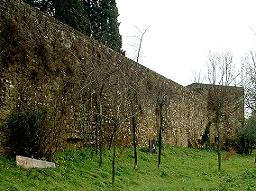
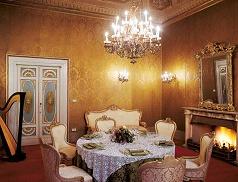

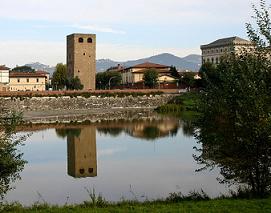
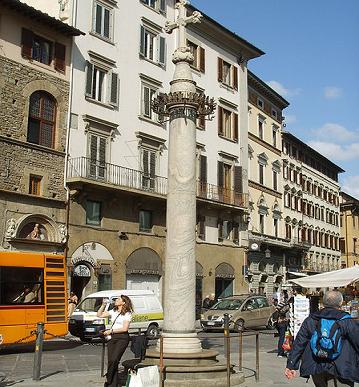
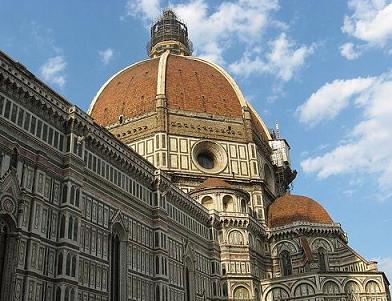
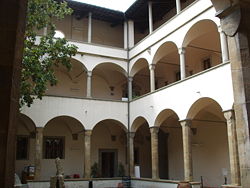

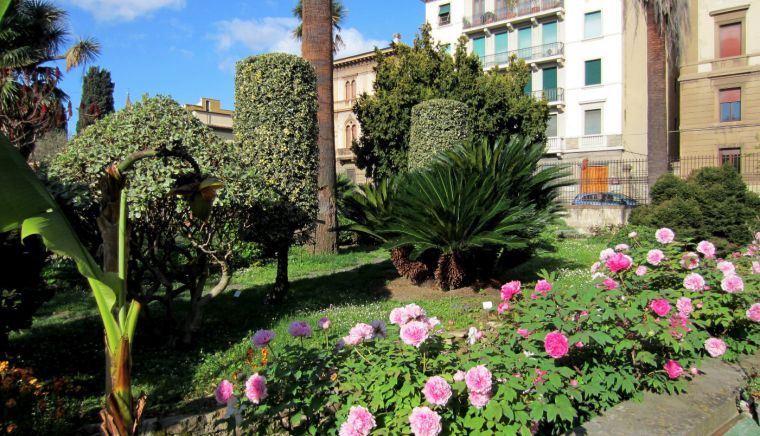
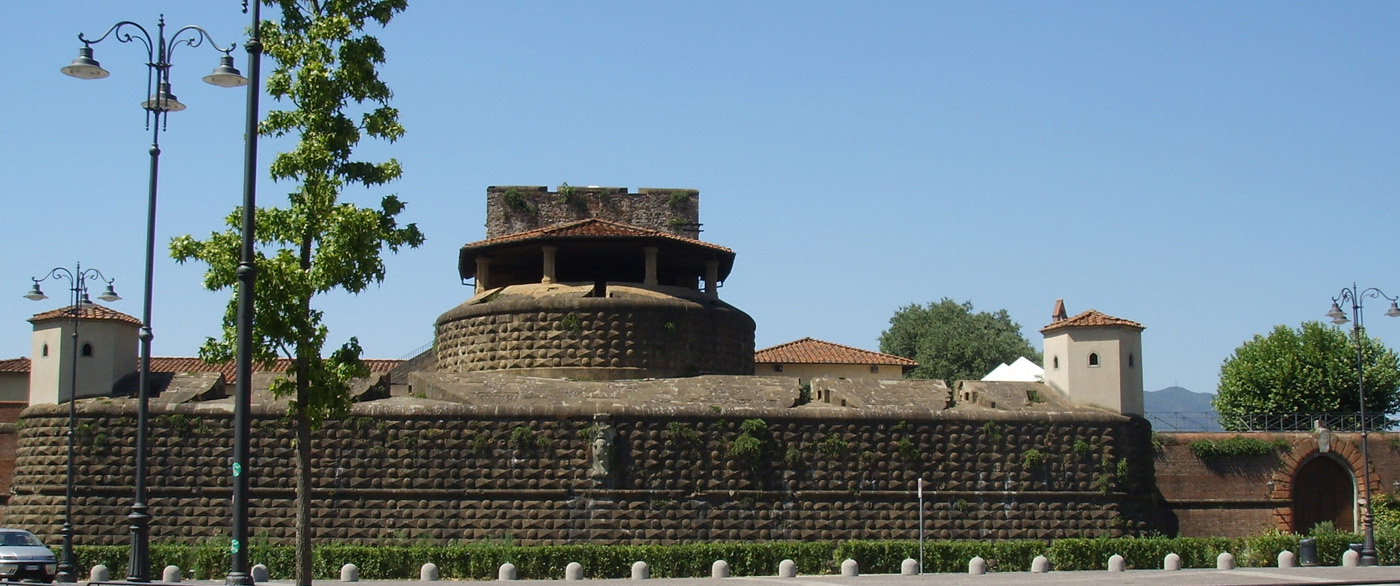
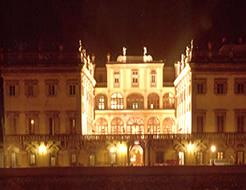
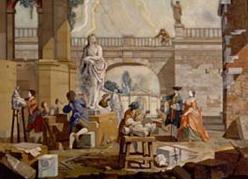
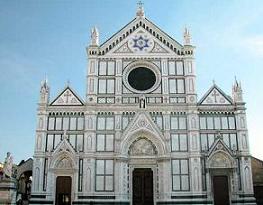

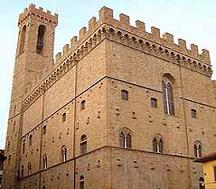
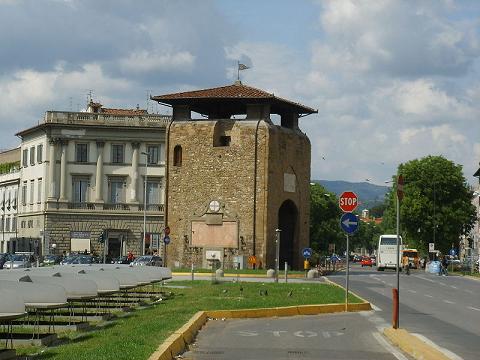
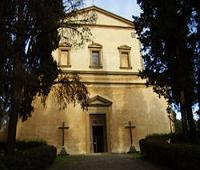
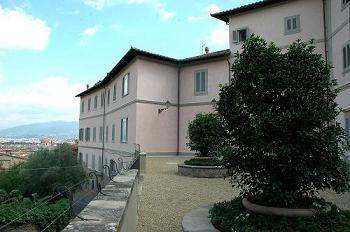

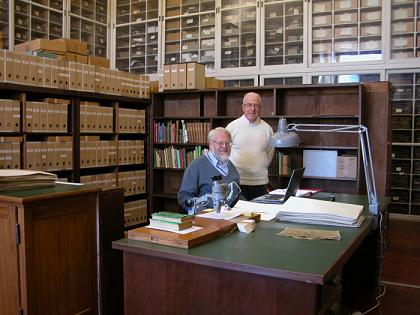
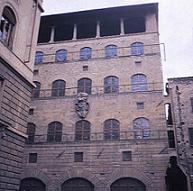
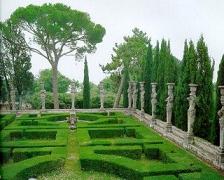
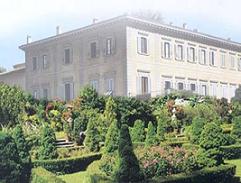

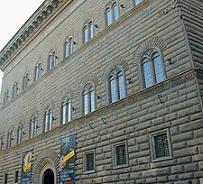
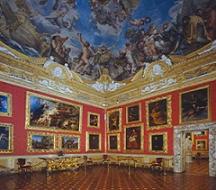
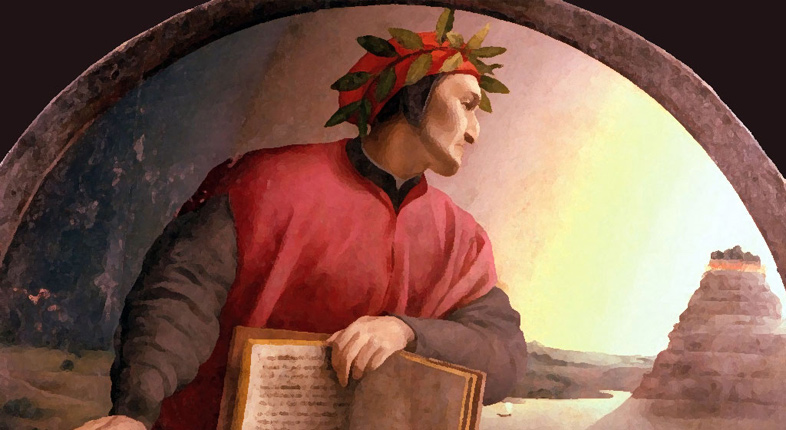
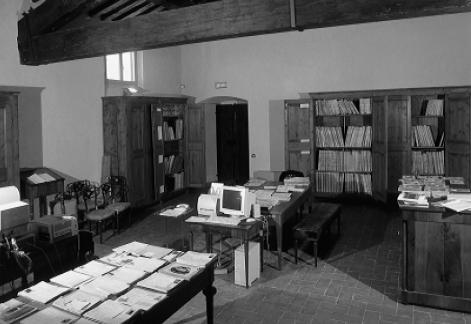
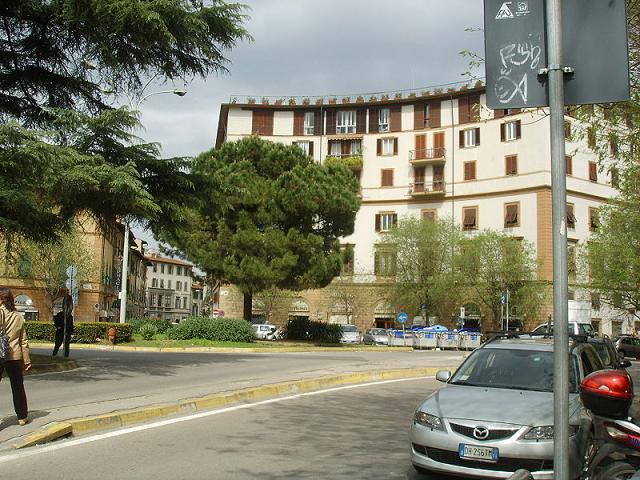
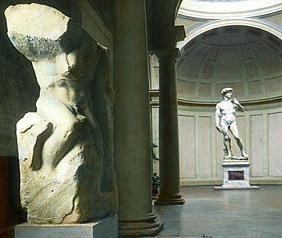
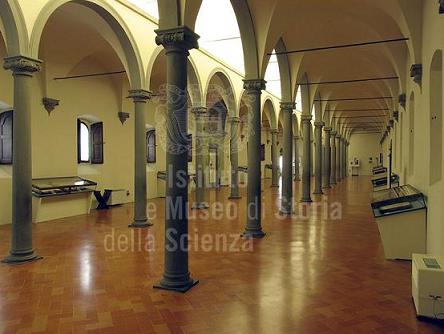
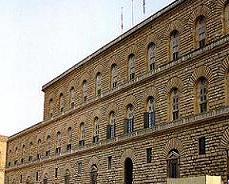

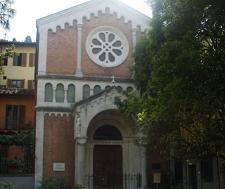
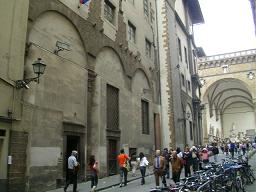
Comments